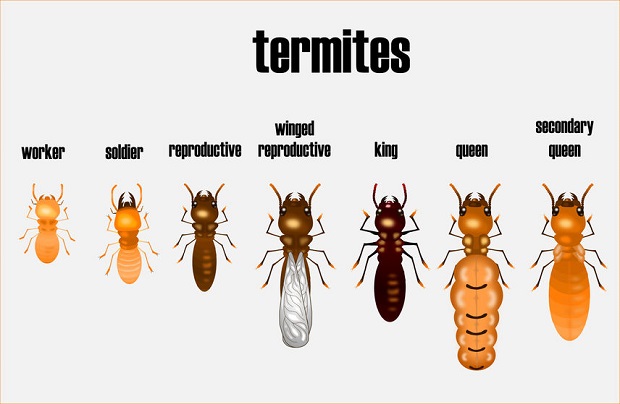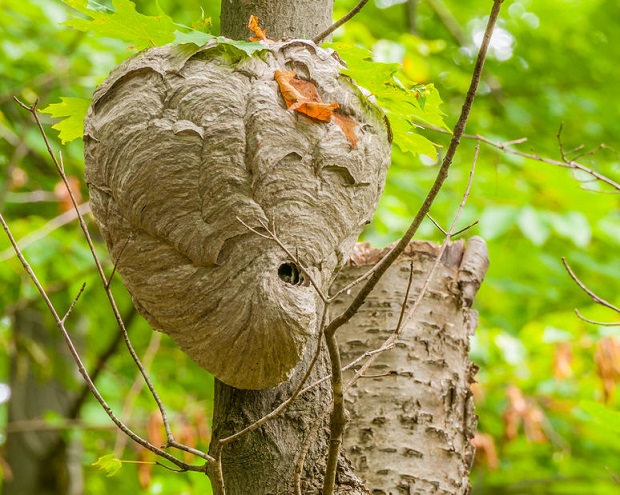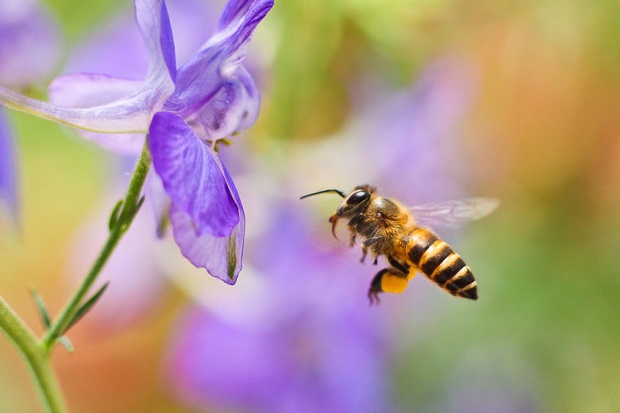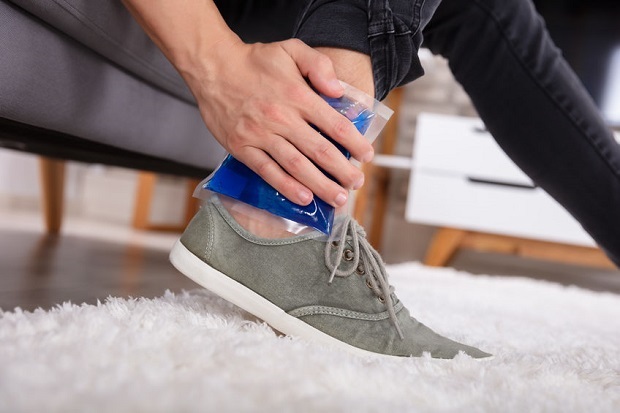
How to Treat a Bee Sting
Knowing how to treat a bee sting can help to alleviate discomfort quickly. As long as you aren’t allergic to the sting of bees, wasps, hornets, and yellow jackets, simple treatments can be used to prevent the accompanying pain, swelling, and itching.
A bee sting is usually just a painful annoyance, but for some, it is life-threatening. First, treatment will depend on whether or not you are allergic to bees and related insect stings. Severe allergic reactions can result in anaphylactic shock with the rapid swelling shut of air passages. Immediate medical attention is required.
Removing the Stinger Quickly Is Critical
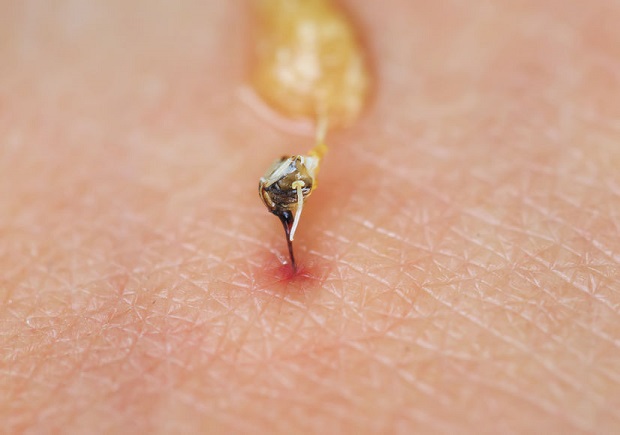
When stung by a bee, remove the stinger as quickly as possible by scraping the area with your fingernail or an object with a flat edge such as a credit card. When a honeybee stings, it is unable to extract the barbed stinger. This stinger is torn from its body and parts of its lower half, including the venom sac, ultimately leading to the bee’s death. This sac continues to pump the painful venom into the wound for up to a minute or until the stinger is removed. ((“Bee Stings 101.” US Department of Agriculture – Agricultural Research Service.)) Never pinch, squeeze, or use tweezers to remove a stinger, as the pressure can cause more venom to enter the wound site. (( “How to Treat Bee Stings.” American Academy of Dermatology.))
Removing the stinger not only prevents more venom from entering the wound but may also ward off a swarm attack. When a honeybee stings, its venom releases an alarm pheromone to warn the hive of impending danger. If these alarm pheromones are released in the vicinity of the hive, a swarm of bees will be attracted to the location where they too will exhibit defensive behaviors until the threat has passed. ((“Information Sheet 6, Honey Bee Senses.” The University of Arizona – College of Agriculture and Life Sciences. ))
Not all bees leave behind a stinger, but it’s best to scrape the area to be safe since it is difficult to see it.
Wash Sting Site to Prevent Infection
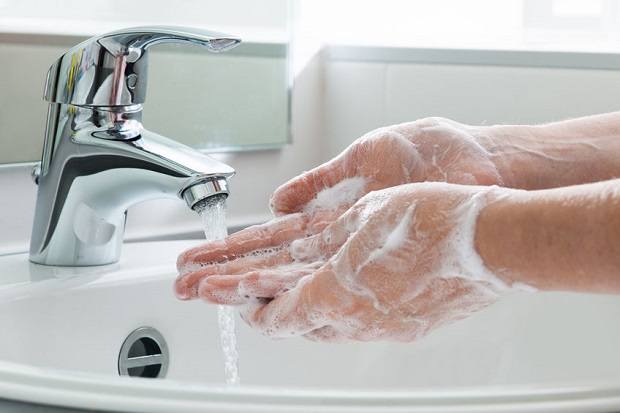
After the stinger has been successfully removed, immediately wash the area with soap and water and dry. Repeat this several times a day until the wound site is healed to prevent a bee sting infection. (( Santilukka DO, Charles. “Bee Stings: How to Treat Them and When to Get Help.” Aurora Health Care))
Apply Ice to the Sting Site
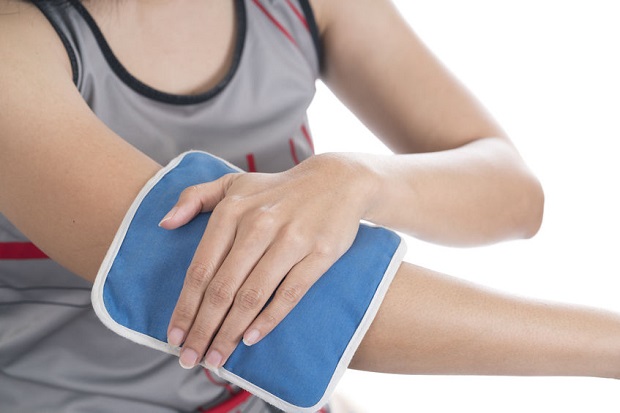
The simplest and most effective remedy for a bee sting is the application of ice to the area of the sting. This quickly relieves the pain, narrows blood vessels, so the venom doesn’t spread, and stops swelling. Hold the ice pack on the wound for 10 minutes, then take it off for 10 minutes. Repeat two or three times. ((“Insect Stings.” John Hopkins Medicine.))
Make an ice pack by placing ice in a plastic Ziploc bag then wrap it in a thin towel before placing it on the skin. Never place ice directly on the skin to avoid ice burn. ((“Common First Aid Mistakes.” The University of Rochester Medical Center.))
Don’t Scratch a Bee Sting

Bee stings are painful and itchy! Avoid scratching the area to prevent swelling, itching, and infection. Use an over-the-counter topical cream such as hydrocortisone or calamine lotion to help ease the itch. ((“Insects and Scorpions – First Aid.” Centers for Disease Control.))
Over-the-Counter Remedies
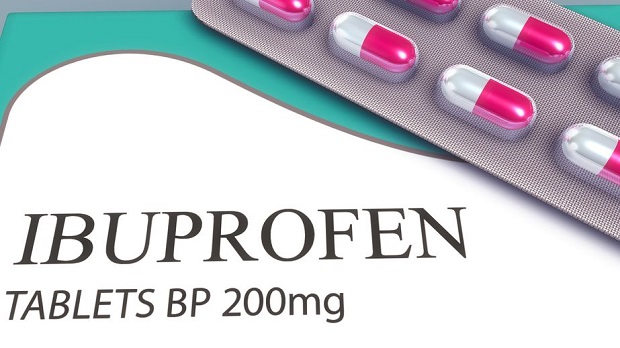
Many products are sold specifically for treating insect bites and stings. You may already have the following, which help alleviate the symptoms of bee stings. Antihistamines stop the body’s reaction to the venom, analgesics stop the pain, and anti-inflammatory products stop the swelling. ((“Insect Stings.” John Hopkins Medicine.))
Home Remedies for Bee Stings
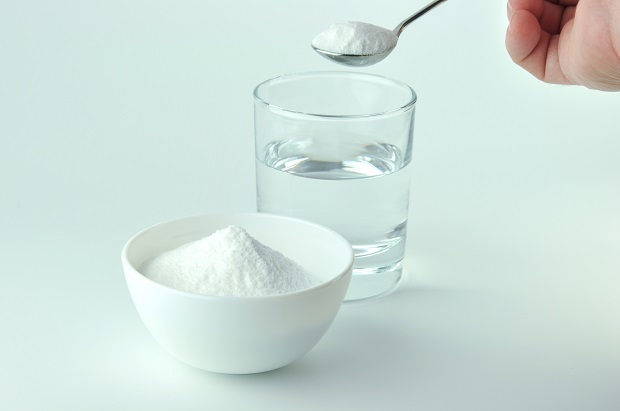
Take a quick tour around the internet, and you will find some interesting suggestions for homemade bee sting remedies. Though many people swear by these old remedies, there is little scientific data supporting their effectiveness. Here are a few suggestions that we found for items readily available in your home.
Baking Soda: According to WebMD, many over-the-counter creams contain baking soda. A paste made of baking soda and water can be applied to the sting to reduce the redness, itching, and stinging that accompany a sting.
Baking soda is highly alkaline and not good for the skin, so it shouldn’t be for everyday use.
Can Baking Soda Treat Insect Bites and Stings? WebMD
Meat Tenderizer: Meat tenderizer is made of enzymes that break down the toxins in the venom, neutralizing its action. A paste made of tenderizer and water applied to the sting will effectively stop the pain, swelling, and later itching. Leave on for 10-15 minutes, then rinse with water.
Kitchen Cures Doctors Swear By. CNN
Wet Tea Bag: Place a wet tea bag that has been cooled on the sting site for 15-20 minutes.
Insect Stings. John Hopkins Medicine
Table Salt: Immediately after a sting, mount table salt on the sting then moisten with a few drops of water. Leave it on the site for several minutes.
Bumble Bees as Pollinators. Clemson University Cooperative Extension

